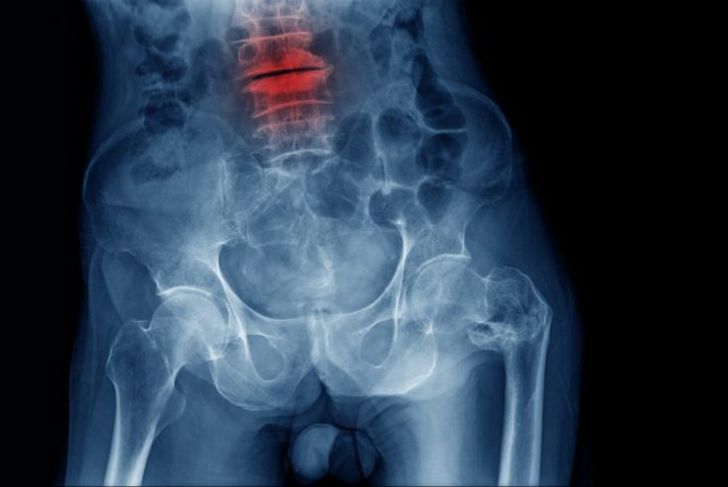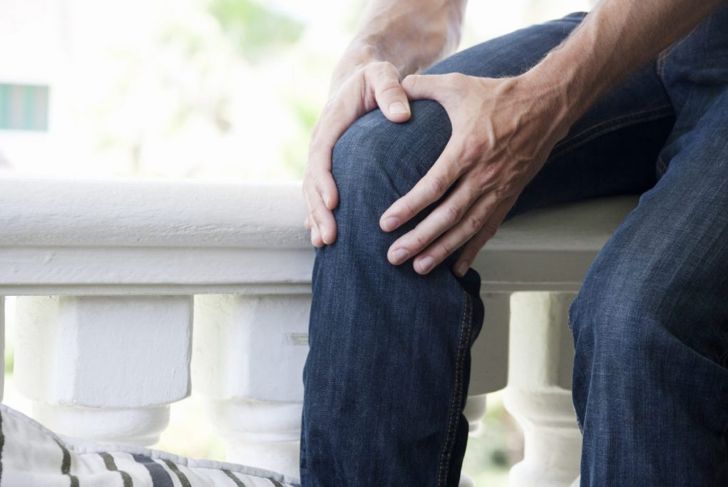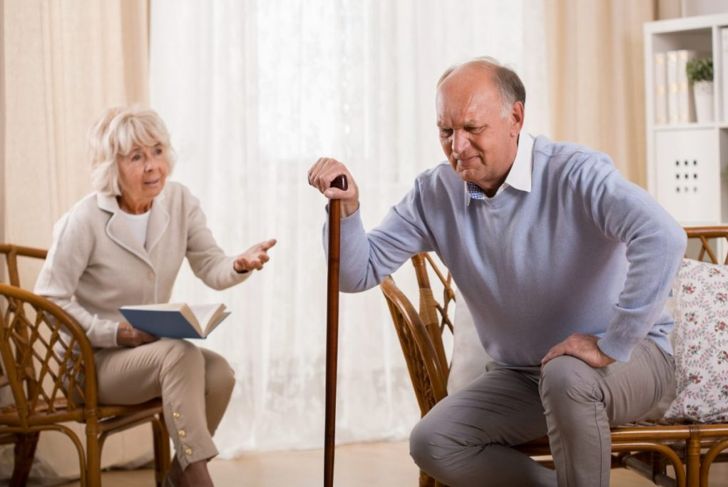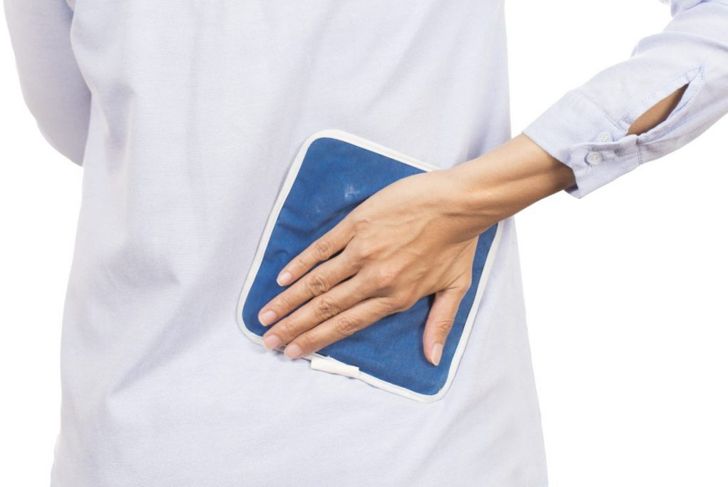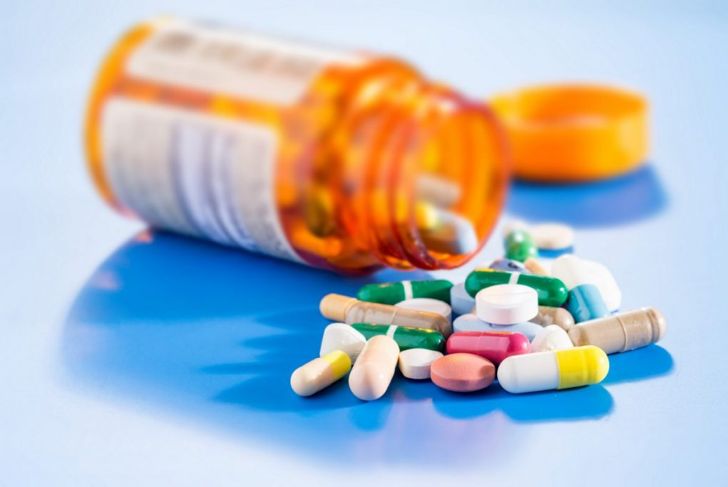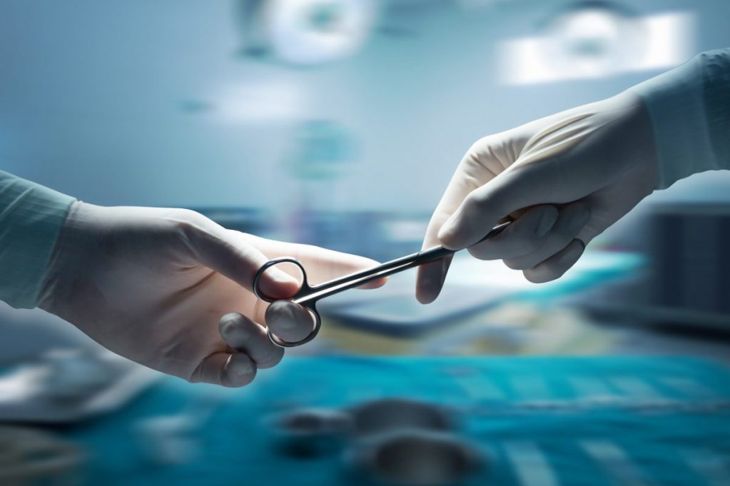Spondylosis is an umbrella term that describes pain caused by degenerative conditions of the spine, but it doesn’t specify the cause of the pain or where exactly the degeneration is occurring. Some experts call it spinal osteoarthritis, and our risk of developing it increases as we get older. Although it is not usually severe, spondylosis can be quite painful.
Spondylosis Pain
The subtype of spondylosis may determine where or when a person feels pain:
- Facet joint osteoarthritis causes pain during intense activity or after extended inactivity.
- Spinal stenosis or abnormal narrowing of the spinal canal may create leg pain when you walk.
- Degenerative disc disease occurs when a disc in the spine becomes dehydrated and loses some of its function. It can cause lower back or neck pain, and even be felt in the arm or leg.
Pain in the legs, thighs, neck, shoulders, and buttocks that worsens with standing are also symptoms of spondylosis.
More Common Symptoms
Although pain is a common side effect of spondylosis, not everyone experiences it. Other common symptoms include headaches, the sensation of pins and needles, or stiffness in the neck, shoulders, and back. Muscle weakness and spasms are also signs of spondylosis. Loss of balance and trouble walking are symptoms as well. Some may even have a sensation of grinding or popping that can happen during movement of the spine.
Age
As your body grows older, your discs gradually age as well. Since they become drier than when you were younger, they lose some of their cushioning ability. This process causes the discs to become thinner and harder. The facet joints are what form the contact between one vertebra and the next. These joints also break down with age due to wear and tear on the cartilage surfaces.
Bone Growth
Bone growth can happen when triggered by the direct contact of bones rubbing against each other. This action can cause bony growths known as spurs or projections. It is a way the body responds to the spondylosis. The spine becomes stiffer due to the loss of rubbery tissues and the formation of spurs. Back movement becomes less smooth, and there is more friction between the bones of the spine.
Genetics
Genetics can play a significant role in who develops spondylosis. For example, some people are born with narrower spinal canals. They are more prone to problems when their spinal canals narrow down further. Wear and tear on the muscles and bones overtime is the overall cause of spondylosis. These changes affect everyone differently and to varying extents.
Risk Factors
Some risk factors may include being overweight or obese as well as previous injury or surgery to the spine. Not doing any exercise or living a sedentary life may also cause spondylosis. Doing jobs involving repetitive or weight-bearing actions on the spine is another risk factor. Smoking and psychological ill health such as depression and anxiety can cause problems and force spondylosis to worsen.
Exercise
Being physically active can help alleviate pain caused by spondylosis. Exercising can loosen stiff joints and strengthen other muscles that will support the aging spine. Physical therapists are among the healthcare providers who can help with advice on exercises. They can also help with physical manipulation therapies such as stretching and massaging.
Warm Compresses and Ice Packs
Putting a warm compress on the painful area may help soothe sore muscles or joints and can help drain skin infections that are causing spondylosis. Ice packs can also help reduce inflammation and dull the sensation of pain as well. If warm compresses and ice packs, along with exercising, don’t seem to help, you should discuss with your doctor about other treatment options.
Medications
Your medical provider may prescribe medication to help with the spondylosis. Anti-inflammatory drugs are standard, along with muscle relaxers and steroids. Some people even benefit from getting an anesthetic, which blocks the pain near the injection. Everyone is different; you and your doctor should discuss various treatment options to come up with the best plan for you.
Surgery
Spondylosis surgery is almost always the last option for treatment. It is only recommended in cases of extreme and debilitating discomfort that has made living unbearable. If your chronic symptoms including constant pain continue despite weeks or months of conservative treatment, your doctor may then bring up surgery as a last resort.

 Home
Home Health
Health Diet & Nutrition
Diet & Nutrition Living Well
Living Well More
More